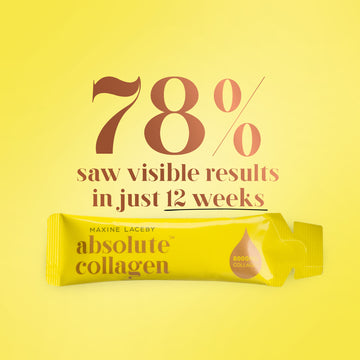
What is Male Pattern Hair Loss?
Hello to all you Absoluters out there! Following on from my previous blog about Female Pattern hair loss, I have had lots of questions about Male Pattern hair loss, too, so I’m going to explain all about this in today’s blog.
What is Male Pattern Hair Loss?
The clinical term for Male Pattern Hair Loss is Androgenetic Alopecia, Male Pattern, or MPHL.

The pattern of thinning and hair loss usually starts at the temples where the hair begins to recede. This can be followed by the top of the head and into the crown area, leaving a loss of both the hairline and whole top of the head.
What Causes Male Pattern Hair Loss?
There are three main causes to MPHL. They are:
- A genetic inheritance. This can be from the maternal or paternal side of the family and in some cases from both.
- A sensitivity to androgens (male hormones). Testosterone circulates in our bodies, and when it binds with the hair follicle it is converted to Dihydrotestosterone (DHT), which can cause MPHL.
- Age. After mid 50s to early 60s, the hair begins to thin in the Male Pattern area.
In the UK 25% of men will have some hair thinning, recession, or loss by the age of 21. This rises to 66% of men aged 35 and over, with 80% of men aged 50 and above experiencing hair loss.
In the clinic, many of the men that I see are very concerned by their hair loss and find that they lose confidence in themselves, with some suffering anxiety and depression as a result. There are lots of treatments that can slow and manage the progression of MPHL, and my advice is to seek professional diagnosis as soon as you can. The earlier we see a patient, the more options we have for helping you!

What Happens to the Hair in Male Pattern Hair Loss?
MPHL causes the hair to miniaturise. Each time we naturally shed a hair, the new hair rests inside the hair follicle and thins, this is an ongoing process that is gradual, and over time the hair thins so much that it is unable to grow leaving the scalp more visible and the hair line receded.

It can take between 15 and 25 years to go bald, but it can be quicker in some people, this leaves lots of opportunities to seek advice and effective treatment options.
How to Treat Male Pattern Hair Loss:
There are several options for treating Male Pattern hair loss.
- Topical hair follicle stimulants such as Minoxidil at strength 5%, applied twice daily to the affected areas, or Low-Level Laser Light Therapy, typically used for 3 sessions per week at 20 minutes per treatment session.
- Use of DHT blockers such as Finasteride or Propecia, which are prescribed treatments.
- Serenoa is a plant extract and a natural DHT blocker that can be used instead of the prescription options.
- Managing stress and anxiety. This is important as stress can raise the level of DHT, so trying to find ways of managing this can really help your hair.
- Eating well, staying hydrated, having regular exercise and good sleep patterns - while these don’t treat MPHL, they do however support the maintenance of healthy hair and a healthy scalp.
MPHL can start very gradually and it may take time for you to notice the thinning. My best advice is that as soon as you are aware of changes in your hair or scalp, seek the advice of a Trichologist. There’s lots of help out there, and the earlier we can intervene and treat MPHL, usually the better the result in terms of hair density.
Top Tips for Managing Male Pattern Hair Loss:
- Eat a balanced diet. Protein is essential for good hair growth, so make sure you include it in your diet every day.
- Wash your hair every day or every other day, to keep the scalp balanced and clean. If you are using topical Minoxidil, it is important to keep the scalp well balanced to ensure optimum absorption of the Minoxidil for the best effect on the hair.
- If you are considering a hair transplant, you will need to be on MPHL treatments to manage the loss prior to surgical consideration. These treatments also continue post-surgery to stop the pattern of loss spreading further, leaving islands of transplanted hair.
As always, if you have any general hair queries or concerns then please email me at eva@absolutecollagen.com - I’m always happy to help and support you.







